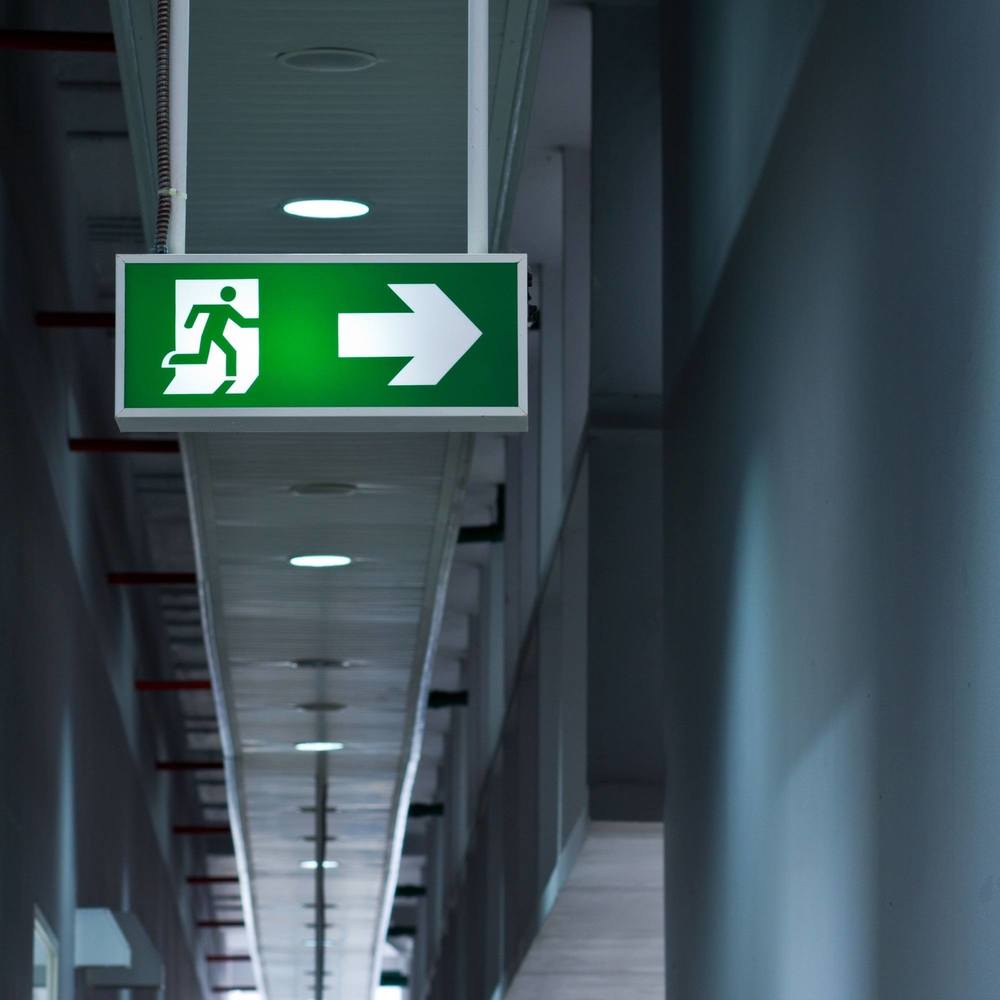17-06-2019
This month, our Technical Focus is on Life Safety, and in particular – Emergency Lighting Systems. Joint Managing Director of Diamond, Steve Snoddon, explains when Emergency Lighting Systems are needed and what role they play in Life Safety.
What is Emergency Lighting and why is it needed?
Emergency Lighting is installed to provide illumination when the normal lighting fails. It plays an essential role in a premises’ overall Life Safety risk management. When a fire occurs within a premises, heat on the lighting circuits will often result in lighting failure.
The three key functions of an Emergency Lighting system are:
When is Emergency Lighting a requirement?
In the UK, Fire Safety legislation requires emergency lighting systems to be provided in the following premises types:
What is the applicable legislation governing Emergency Lighting systems?
In the UK, the applicable standard is BS 5266 parts 1, 7 and 8. But there may also be additional requirements for higher risk premises e.g. premises licensed for the sale of alcohol; very old premises; or premises where large numbers of people are gathered together. It is worth checking with your Local Authority for any additional requirements.
How complex is the design of Emergency Lighting Systems?
In basic terms, the correct positioning of signage and emergency lighting is essential in saving lives. On a more complex level, the position, angle and distance of escape signage, the luminarie spacing, mode of operation and lux levels are all really important, which is why a competent designer should always be involved when upgrading or installing the system.
Where are the Areas of Particular Risk?
What maintenance requirements do Emergency Lighting systems have?
Emergency Lighting should be subject to daily, monthly and annual checks.
What is the future for Emergency Lighting systems?
Lower energy consumption, LED technology and low maintenance is the way forward. Systems are now available which integrate with Fire Detection and Alarm systems, with lighting units fitting directly onto the sensor bases. Unique intelligent, addressable technology allows control and testing of individual luminaires, with graphics software allowing instant overview of the complete system, assisting maintenance tasks. Self-testing systems provide added peace of mind for the responsible person, and also reduce the maintenance requirements.
Contact the team at Diamond to discuss your Life Safety design, maintenance or installation requirements.



